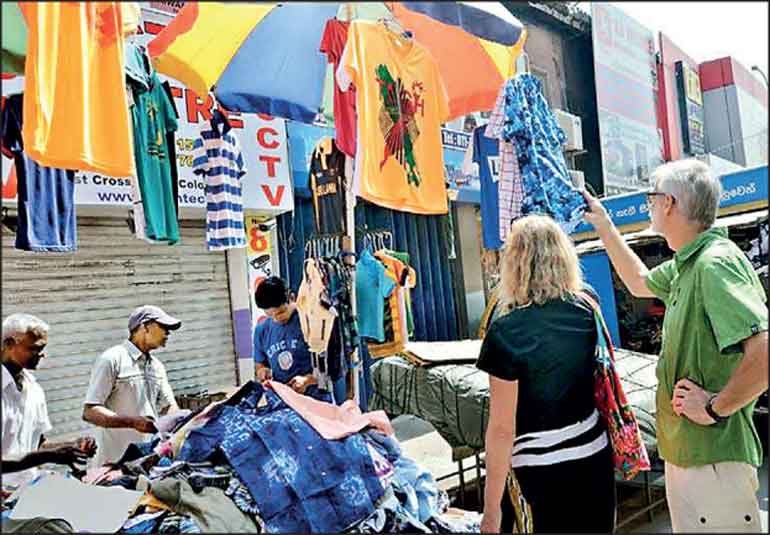Monday Apr 07, 2025
Monday Apr 07, 2025
Saturday, 15 June 2024 01:20 - - {{hitsCtrl.values.hits}}

By Charumini de Silva
The tourism industry is at crossroads as it experiences significant setbacks due to policy inconsistencies and delays in decision-making, as neighbouring competitive countries capitalise on these missteps.
Industry stakeholders are raising concerns that the country’s inability to implement attractive travel policies is pushing potential tourists to opt for more favourable destinations.
Stakeholders have pointed to the competitive pressures where visa-free entry policies introduced by Southeast Asian countries like Thailand, are drawing affluent travellers away from Sri Lanka.
“This trend is particularly destructive during the current off-season, which traditionally sees lower tourist numbers. The high taxes at hotels and restaurants, coupled with limited activities, have driven local tourists to seek better travel opportunities abroad,” industry representatives told the Daily FT.
From 1 June, Thailand expanded visa-free entry to 93 countries, including Sri Lanka, whilst approving multiple visa measures to boost its tourism.
They said there are many offers with 40-50% discounts available from hotels at the moment. “However, even with these discounts, hotels are struggling to attract customers and fill their capacities,” they added.
The local tourists are wooed by the attractive airline and holiday packages introduced by the competitive countries.
They also pointed out the Government has missed opportunities to enhance the country’s appeal to international travellers through effective visa-free policies.
“The visa-free policy for 67 countries has been touted for months with no real action, while other countries are benefiting from this approach. They not only attract tourists from across the world but also Sri Lankans,” they highlighted.
Even Malaysia has announced a new visa-free entry policy for travellers from 134 countries, including members of the Gulf Cooperation Council (GCC).
In addition, stakeholders noted that although the Government eventually adjusted visa fees for travellers from over $ 100 to $ 50, the initial confusion and delay caused significant harm to travel plans of potential visitors. “The uncertainty over the visa fees during that week discouraged potential travellers, pushing them to consider other competitive destinations,” they explained.
On 17 April, the Government hiked the standard tourist visa fee by over 100%, coupled with the shift to a global processing company. The move scrapped the 30-days single entry visa for $ 50 and introduced standard tourist visa valid for 180 days with each stay restricted to 60 days for non-SAARC countries, whilst increasing fee to $ 75 with additional charges, including an $ 18.5 service fee and a $ 7.27 convenience fee, bringing the total individual visa fee to $ 100.77.
After much debate and lobbying by the industry, on 6 May the Cabinet meeting decided to maintain the $ 50 fee for single entry 30-day visa for foreigners visiting Sri Lanka.
Against this backdrop, the industry representative insisted that the situation underscores the need for timely and consistent policy decisions to support Sri Lanka’s tourism industry.
“With regional competitors continuing to attract global travellers with more favourable conditions, Sri Lanka must address these policy gaps to regain its competitive edge and boost the tourism sector, rather than further delaying introduction and implementation,” they said.
They feared that these lost opportunities will reflect negatively in the long-term for the industry development.
Sri Lanka’s tourism industry forecasts 2.3 million travellers with an income of over $ 4 billion by the end of the year. As per the latest provisional data from the SLTDA, Sri Lanka welcomed over 43,000 tourists in the first 13 days of June, bringing the year-to-date (YTD) total to 940,006 travellers.
In May there were 112,128 tourists, up 35%YoY increase but down 32% month-on-month.
Earnings from tourism amounted to $ 1.4 billion during the first five months of 2024, marking a staggering 87% surge.